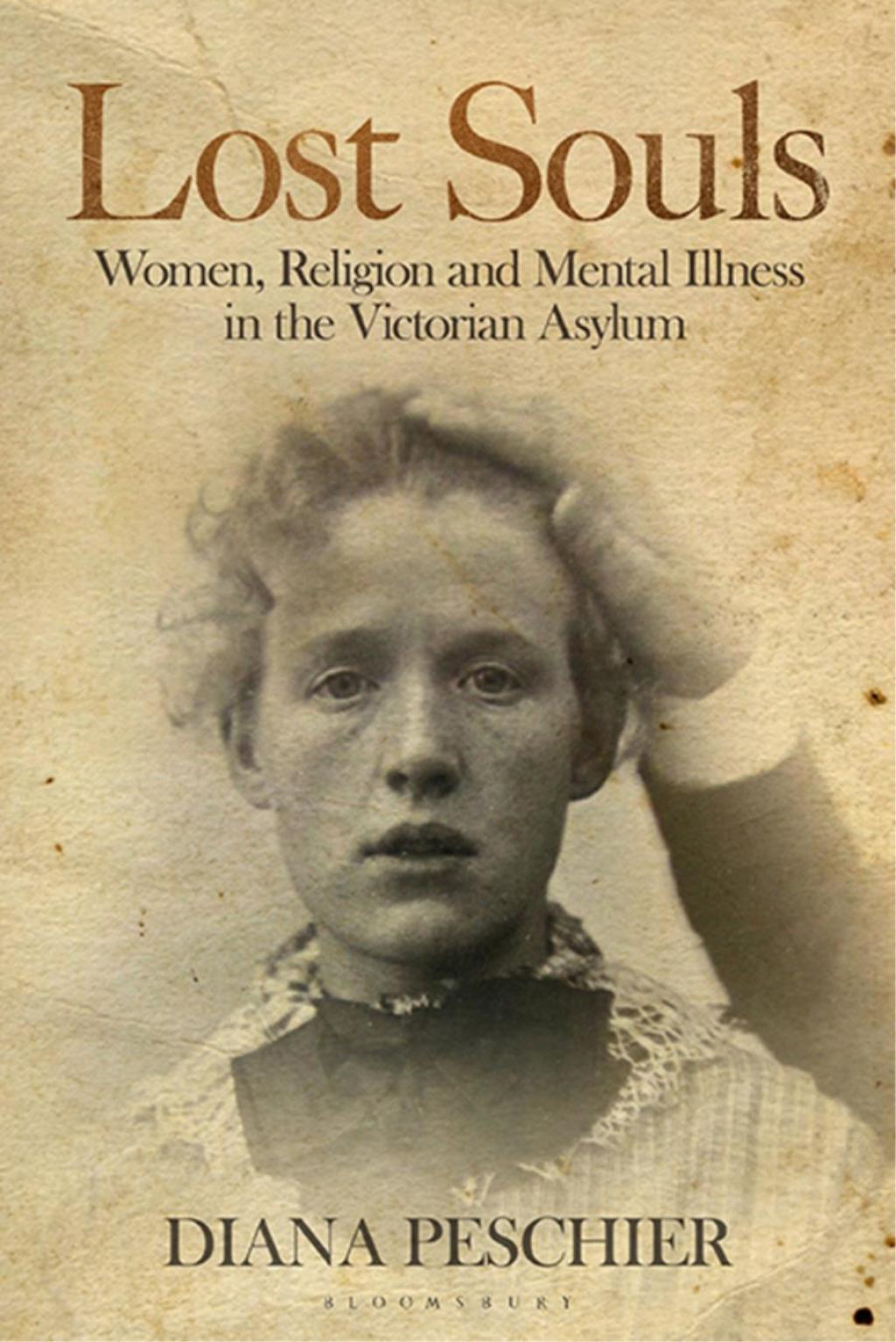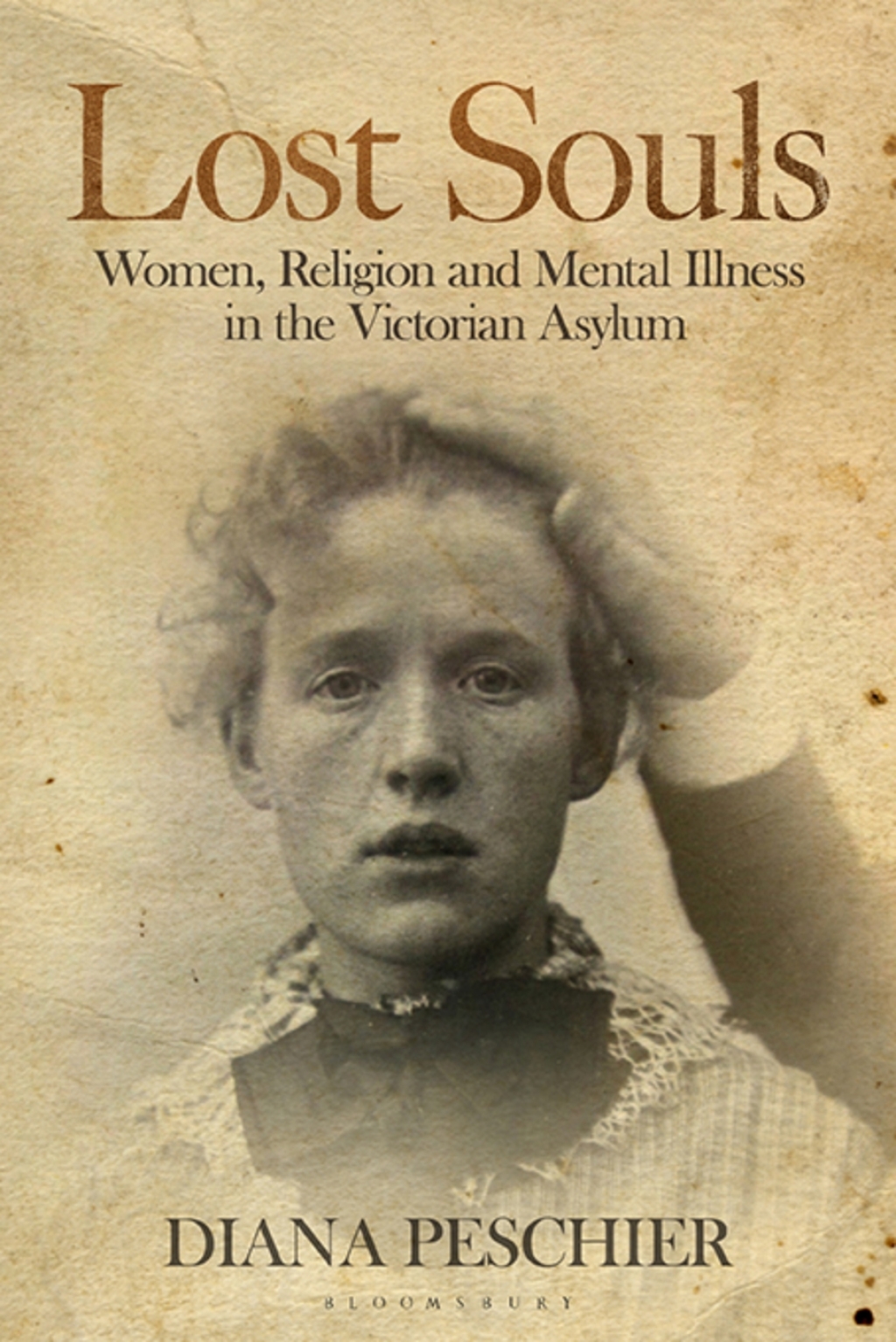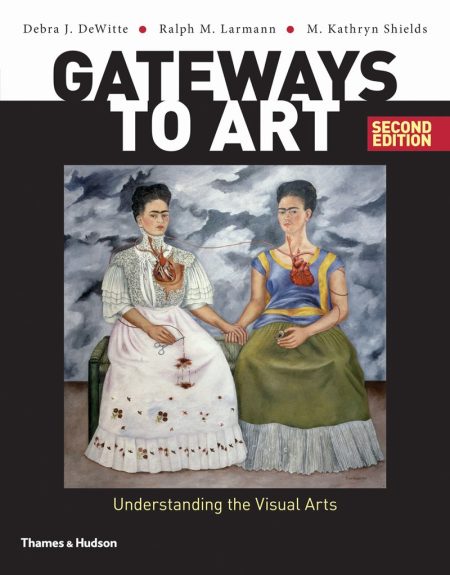Additional information
| Full Title | Lost Souls Women, Religion and Mental Illness in the Victorian Asylum 1st Edition |
|---|---|
| Author(s) | Diana Peschier |
| Edition | 1st Edition |
| ISBN | 9781786726544, 9781788318075 |
| Publisher | Bloomsbury Academic |
| Format | PDF and EPUB |










